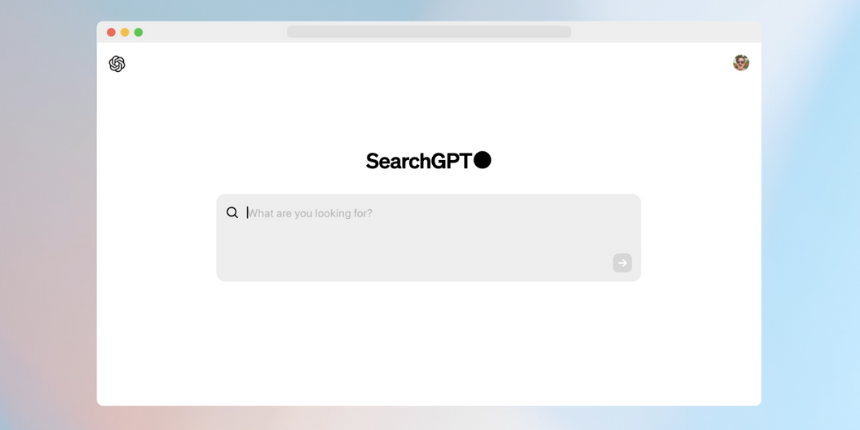
Navigate an unpredictable landscape with actionable, data-driven strategies tailored for your business from the brand down to the local level.

In the world that is social media, things are changing fast. Not just in terms of the newly emerging platforms and technologies breaking into the market, but also in the way that teenagers, particularly, are using them.
Subscribe to our monthly newsletter.  Via Over the past few years, there has been a growing bank of data to show that Facebook, especially, is losing its shine with teenagers. An article by Time
Via Over the past few years, there has been a growing bank of data to show that Facebook, especially, is losing its shine with teenagers. An article by Time
Stay Forward
 Snapchat (which sends more than 60 million messages daily), is the opposite of Facebook. It allows users to send photos and video within a walled garden environment, where messages are automatically deleted after they’ve been received. So images are only shared with closest friends, and no permanent record remains. For 12-15 year olds, Snapchat is the most intensively used social app (according to Ofcom), with nearly a quarter (24%) of such teens saying they use it more than 10 times a day. Whatsapp is another messaging platform growing in prevalence among this demographic, with 37% of young adults aged 16-24 using it, according to Ofcom. Socio-economic factors have been found to come into play. Teens from more affluent households are more likely than those from the least affluent homes to say they visit Snapchat most often, with 14% of those from families earning more than $75,000 saying Snapchat is their top site, compared with 7% of those whose families earn less than $30,000 annually. What’s most apparent is that teens have become aware of the permanence of Facebook content, and the implications worry them. Additionally there’s the need to police images of themselves, posted by others. With universities, employers and even banks looking at social media platforms as part of an individual’s application process, it seems that teens are using broadcast social media more cautiously, and only revealing their true personas through private, narrowcast messaging tools. What does this mean? With time, if teenagers continue to eschew public, broadcast social media, this could have big implications for businesses. First and foremost, the digital advertising machine that relies on data from social media platforms, like Facebook and Twitter, could face serious disruption. If the teenage demographic is no longer ‘liking’ or engaging with such content, the collection of data for this audience will be hampered, and so will the ability of advertisers to target teens accurately. Facebook earned almost $18bn from its advertising in 2015, but this could be eroded if teens continue to remove themselves from broadcast platforms. For brands seeking that ever elusive single customer view, their efforts may fall short within the teen and young adult market segment. To date, they have hoped to learn more about their customers and their preferences, building a bigger picture of their identity via public social media. But as teens move increasingly towards private, narrowcast tools, brands could end up with gaping holes in their online customer data. The promise of social media as an open and public space, where ideas and opinions can be shared, could be seriously thwarted by generation Z, as they are now being called. Time will tell, but we may be on the cusp of the next evolution in social media.
Snapchat (which sends more than 60 million messages daily), is the opposite of Facebook. It allows users to send photos and video within a walled garden environment, where messages are automatically deleted after they’ve been received. So images are only shared with closest friends, and no permanent record remains. For 12-15 year olds, Snapchat is the most intensively used social app (according to Ofcom), with nearly a quarter (24%) of such teens saying they use it more than 10 times a day. Whatsapp is another messaging platform growing in prevalence among this demographic, with 37% of young adults aged 16-24 using it, according to Ofcom. Socio-economic factors have been found to come into play. Teens from more affluent households are more likely than those from the least affluent homes to say they visit Snapchat most often, with 14% of those from families earning more than $75,000 saying Snapchat is their top site, compared with 7% of those whose families earn less than $30,000 annually. What’s most apparent is that teens have become aware of the permanence of Facebook content, and the implications worry them. Additionally there’s the need to police images of themselves, posted by others. With universities, employers and even banks looking at social media platforms as part of an individual’s application process, it seems that teens are using broadcast social media more cautiously, and only revealing their true personas through private, narrowcast messaging tools. What does this mean? With time, if teenagers continue to eschew public, broadcast social media, this could have big implications for businesses. First and foremost, the digital advertising machine that relies on data from social media platforms, like Facebook and Twitter, could face serious disruption. If the teenage demographic is no longer ‘liking’ or engaging with such content, the collection of data for this audience will be hampered, and so will the ability of advertisers to target teens accurately. Facebook earned almost $18bn from its advertising in 2015, but this could be eroded if teens continue to remove themselves from broadcast platforms. For brands seeking that ever elusive single customer view, their efforts may fall short within the teen and young adult market segment. To date, they have hoped to learn more about their customers and their preferences, building a bigger picture of their identity via public social media. But as teens move increasingly towards private, narrowcast tools, brands could end up with gaping holes in their online customer data. The promise of social media as an open and public space, where ideas and opinions can be shared, could be seriously thwarted by generation Z, as they are now being called. Time will tell, but we may be on the cusp of the next evolution in social media.
Navigate an unpredictable landscape with actionable, data-driven strategies tailored for your business from the brand down to the local level.
Navigate an unpredictable landscape with actionable, data-driven strategies tailored for your business from the brand down to the local level.
Navigate an unpredictable landscape with actionable, data-driven strategies tailored for your business from the brand down to the local level.
Subscribe to our monthly newsletter.